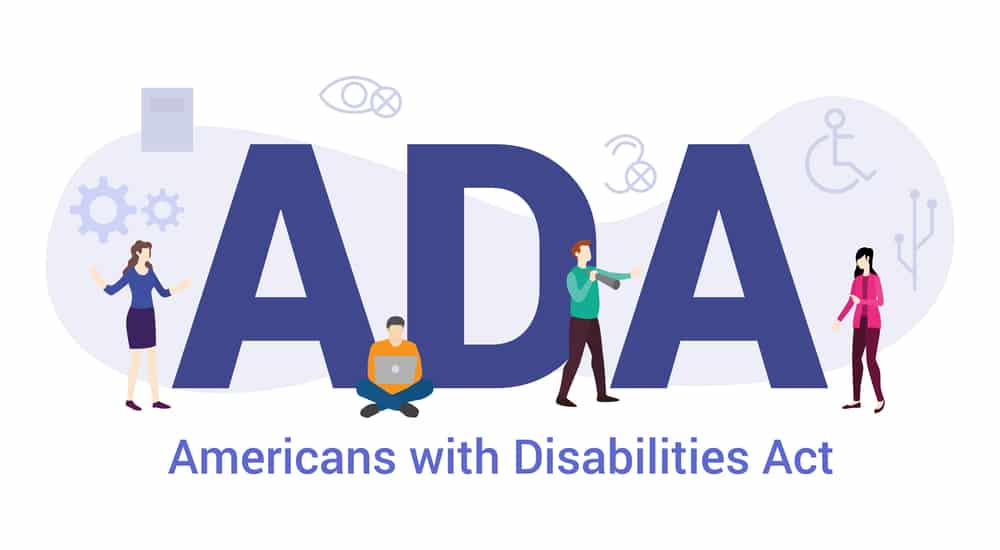Launching a business is both exciting and nerve-wracking. Opportunities lie around every corner, but the same can be said for pitfalls. Attention to detail is critical through every step of this process.
Play your cards right, and you will be prepared to thrive as a business owner. Along the way, however, you’ll want to avoid these key mistakes:
1. Setting Up the Wrong Business Structure
The proper business structure will set you up for success from the get-go. Common entities include:
- Sole proprietorship. By far the easiest business structure for new entrepreneurs to pursue, the typical sole proprietorship involves a single owner responsible for an unincorporated business. This approach consists of a lot less paperwork than LLCs and S or C corps, but with a notable downside: minimal protection from personal liability. This means that the business owner’s assets could be at risk in the event of a lawsuit.
- General partnership. Similar in several respects to a sole proprietorship, a general partnership involves multiple partners who agree to share not only in the profits of the business but also in financial contributions, responsibilities, and legal liabilities. But, again, personal liability remains a concern for this setup.
- Limited liability company (LLC). This versatile solution can involve a single owner (known as a member) or several who share in both the following responsibilities and profits. Upsides include personal liability protection and the potential for pass-through taxation.
- Limited liability partnership (LLP). Although it functions much like a general partnership, an LLP extends liability protection to one or more partners.
- S corporation. The IRS describes businesses that “pass corporate income, losses, deductions, and credits through to shareholders, S corps often limit tax obligations. That being said, growth potential may also be limited.
- C corporation. Providing unlimited growth potential, a C corp setup means taxing the entity separate from the owners. As a result, both S and C corps protect from personal liability.
With so many options available, choosing may initially seem overwhelming. In all likelihood, however, you already have an idea as to which solution is ideal.
Think carefully about the desired scope of your business and your need for scalability. Don’t forget about the potential for personal liability. Although an LLC will most likely provide the ideal middle ground for a small business with a need for modest protection (but also modest startup costs), make sure you are choosing the right type.
Make the wrong choice, and you may face excessive startup expenses (and paperwork) — or worse, vulnerability at a personal level. On the other hand, an inadvisable selection could also limit your ability to scale up if you want to grow your business eventually. This early decision has a far more significant impact on your business future than any other considerations in this guide, so choose carefully.
2. Failing to Protect Intellectual Property
While the proper business structure can provide valuable protection against personal liability, your business may remain vulnerable to various other issues. Chief among these? Intellectual property (IP) concerns.
Without a solid effort to safeguard intellectual property, other businesses could quickly capitalize on your hard work. As a result, your business could be subjected to unfair competition. Moreover, a lack of IP protection may make establishing a clear and memorable brand identity problematic.
Intellectual property protection can be found at both the federal and state level; examine both options thoroughly to determine which is preferable based on timing, financial obligations, and the level of protection available.
Critical tools for protecting your business name, logos, or products include:
- Trademark. Typically involving a registered symbol, word, or phrase, a trademark identifies goods or services. This is a key step for establishing and protecting your brand identity, so it should not be skipped.
- Copyright. Sometimes confused with trademarks, copyrights apply to creative works that are tangibly expressed. This might mean safeguarding a jingle, advertising-related artwork, or even software for business purposes.
- Patent. Inventions (including products and processes) can be protected via patents, preventing others from making or using these innovations for a specific time.
3. Neglecting to Create Non-Compete and Non-Disclosure Agreements
Trademarks, copyrights, and patents may provide valuable IP protection, but your brand will remain vulnerable if you lack non-compete and non-disclosure agreements. These account for the reality that your employees will enjoy easy access to proprietary information — and that, if desired, they could potentially use this to reveal these details or open competing businesses.
- Non-compete agreement. As a common clause within an employment contract, this agreement is typically made at the outset of the employer-employee relationship. It stipulates that, should the worker’s employment end, they will not enter into competition with the business in question.
- Non-disclosure agreement (NDA). Like non-compete agreements, NDAs are often integrated into employment contracts. These, in turn, are typically signed before beginning work at a new place of employment. With NDAs, however, the focus is on confidential information, which the employee agrees to avoid disclosing.
4. Skipping Terms and Conditions
Visit most modern company websites, and you’ll encounter terms and conditions agreements that outline your expectations for customers. This is often neglected, but it warrants consideration, given the intellectual property and disclosure concerns we’ve outlined above. Beyond this, however, customers may also want assurances before moving forward with your business.
Ideally, this comprehensive agreement will cover specific rules for how your business’s products and services will be used. It may also outline the rights of the customer. For example, privacy statements are often central to website terms and conditions. This document may also detail available payment methods, warranty options, and dispute resolution procedures.
5. Not Understanding or Following Business Tax Laws
The IRS is a huge source of stress for many business owners. Of course, working with a tax professional is always advisable, but it’s also essential to understand your organization’s tax obligations.
Keep in mind that how your business is taxed will depend on the structure you’ve selected and whether you hire employees. For example, if you operate as a sole proprietor, you’ll report business income on your tax return rather than having your business taxed separately. Corporations, however, file specific corporate tax returns. In most cases, LLCs will provide the opportunity for pass-through taxation.
In addition to federal taxes, you may encounter a variety of tax obligations at the state level. These vary dramatically from one state to the next. Common examples include:
- Sales taxes. Nonexistent in some states and as high as 7 percent in others, sales taxes vary dramatically from one location to the next. When relevant, this obligation involves collecting and remitting taxes on various products.
- Excise taxes. In addition to handling general sales taxes, consumers in some states or municipalities may be required to pay extra taxes for specific products. For example, excise taxes commonly apply for alcohol and tobacco, but they may also concern businesses involved in the aviation or health industries.
- Franchise taxes. Levied simply because businesses operate in certain states, franchise taxes have — surprisingly — nothing to do with whether those that pay them to operate as franchises. These are only assessed in a few states, with the terms varying significantly depending on where the franchise tax is required and which businesses are targeted.
It should be clear that a great deal of upfront effort is required to get your business off to a solid start. With the right resources, however, you can handle all the planning and paperwork needed to limit your stress as a business owner and ensure that your business thrives in its early days and years down the road.



